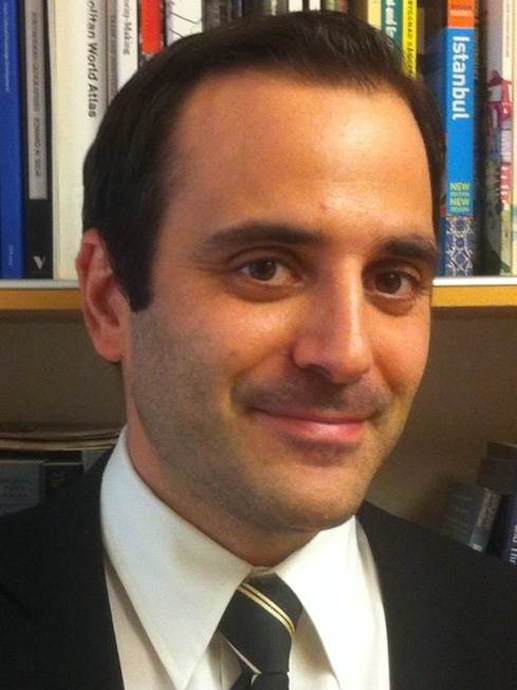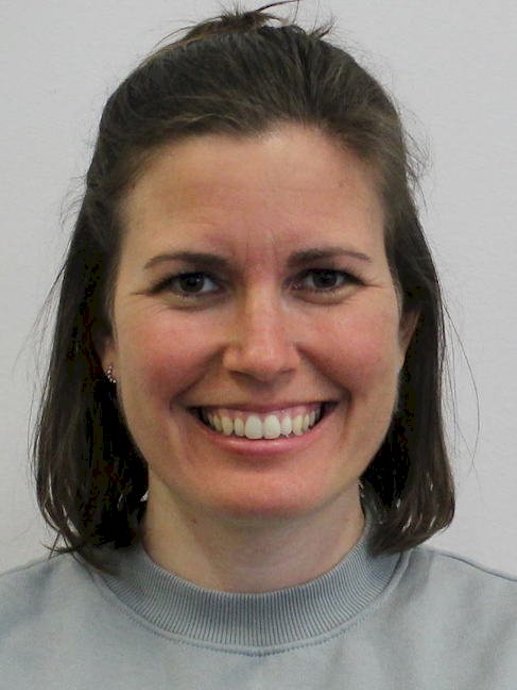Jonathan Metzger is Professor of Urban and Regional Studies at the KTH Royal Institute of Technology in Stockholm, Sweden. Most of his research deals with decision making concerning complex environmental issues - generally with a focus on urban and regional policy and politics.
Metzger elaborates on how the idea of multispecies urbanism comes from a more-than-human approach.
– This is a way of thinking and understanding the world which is grounded in a relational and ecological sensibility.
The more-than-human approach is inspired by Actor Network Theory and the writings of Bruno Latour on the concept of irreduction, that is, not to think reductively.
– It is about understanding the great variety of types of existence in the world, says Metzger.
Cecilie Sachs Olsen is Professor at Oslo Metropolitan University, and her work revolves around developing creative methods for urban research and exploring how artistic practice can be used as a framework to analyze and re-imagine urban planning, space, and politics.
Olsen elaborates further on the more-than-human approach and explains how we tend to have a limited understanding of what the urban entails.
– We need to think about the entities that are not necessarily cute to have around, but all the other entities, both those that we don’t like, but also those that are invisible to us.
– This way of understanding the world is very much about exercising your sensitization to the richness of the world, adds Metzger.
Us and them
Both Olsen and Metzger explain how they see the urban today as based on a range of exclusions and inclusions, where we exclude the unpleasant and unwanted elements of the city.
– There is this western philosophical tradition of imagining urban space as being separate from nature - the domain of culture which keeps the wilderness outside at bay, says Metzger.

Olsen adds that the city is built on fundamental exclusions, and not only in terms of unwanted parts of nature, but also in the ways we relate to other people.
– How we design our urban spaces to exclude all the disturbances, meaning the kinds of people that we don’t want in urban space, such as through hostile architecture, and all these design mechanisms separating us from what we don’t want to be a part of the city.
Still, the awareness of these relations that we are a part of, as well as our exclusions, do not entail that we must accept everything and everyone into the city on equal terms.
– When you start mentioning viruses and bedbugs, maybe that cannot be the solution, maybe there always necessarily will be exclusions if we want humans to flourish, says Metzger.
He emphasizes that the central concern is with becoming reflexive towards what has become naturalized and reflecting upon how it could be done differently.
– How do we perform those exclusions, do we see it as self–evident who to be privileged, when and why?
Separation or mediation
In the Western cultural tradition, there has been two go–to responses to beings and existences that are recognized as unwanted in our environment, says Metzger.
– It’s either to exterminate it, it’s bad for humans so it should die, and the other response, which is the more modernist planning response, is segregation - these beings can also live, but separately.
In contrast with these two responses, Olsen reference Henrik Erntson’s writings from Argentina where they tried a more inclusive approach to conflictual co-existence - in this case, dealing with the danger of scorpions coming up from the shower drain. The solution became a shower grate that kept the scorpions living in the sewer at bay, but that also gave them nutrients. Olsen says this solution comes from not seeing the divide between the sanitized human home and the sewer system as a clear–cut boundary.

– Seeing the shower grate as a mediator and not as a separator, says Olsen.
Metzger adds that this way of thinking is thoroughly ecological as well as an appreciation of uncertainty.
– We may not yet fully understand the ecological functions of the scorpions in the sewer system and if we were to wipe them out, we don’t necessarily understand what the effects would be.
How to plan relationally
This more-than-human approach has both conceptual and practical implications for urban planning.
Both Metzger and Olsen believe it will require more flexibility and attention to local circumstances and not a one size fits all type of mentality - the shower grate for scorpions would not be relevant for a Norwegian context for instance. This requires a contextual awareness.
– Do we enter into a new development and see it as a blank slate, a tabula rasa, and a site ripe for development, or instead do we see what is already there and who is already living there, asks Olsen.
Metzger is realistic about the pressure planners are currently under and how difficult it can be to try new approaches within the current planning process. He still urges planners to ask the questions:
– For whom are we doing this, that is, who are benefiting from this, as well as who pays, who has sacrificed?
They both emphasize the importance of artistic practice, activists, and planning academics in creating spaces for experimentation and reflection, moving away from the linear solution-oriented approach, especially in relation to the issue of participation and representation in planning.
Olsen has for instance been working on the role of the spokesperson and reconfiguring the role of expertise, so that other beings and entities gets a voice in planning and decision making. She explains how we all can become spokespersons for other species, sparking a conversation about our inclusions and exclusions in planning.
– By doing that we train ourselves to see things from a different perspective, which is one of the key tasks of planners, to see place from different perspectives and the stories that occupy that place.
– It is about negotiating difference, but not necessarily reaching a harmonious outcome, but an outcome that is at least reflected upon and there is decisions that have been made, she adds.
Listen to Cecilie Sachs Olsen and Jonathan Metzger in conversation with Professor Per Gunnar Røe on multispecies urbanism and planning.
